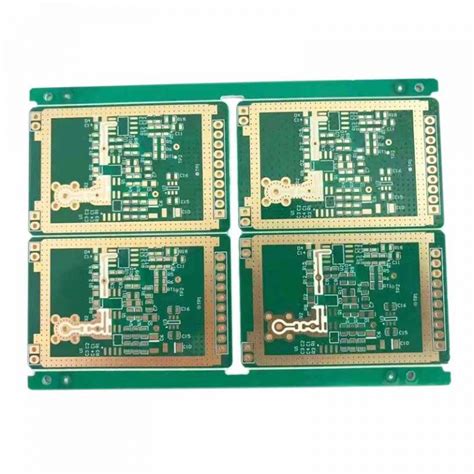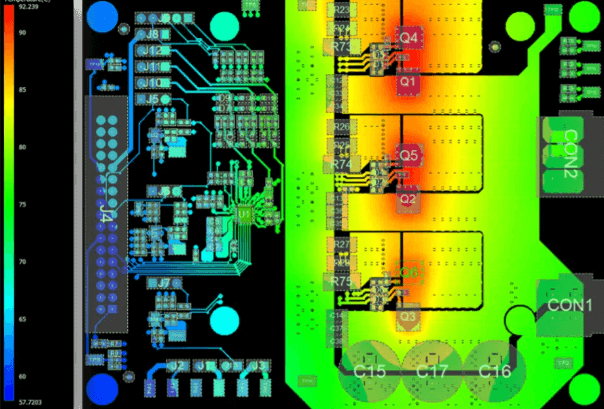Top High Frequency PCB Manufacturers Driving Innovation
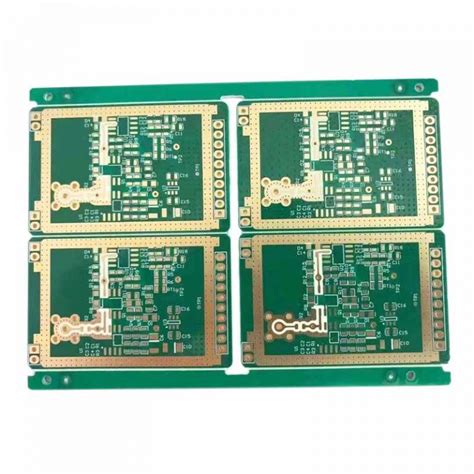
Key Takeaways
When delving into the world of high frequency PCB manufacturing, it’s essential to recognize the key challenges and opportunities that shape this field. Understanding the complexities of RF PCB production can empower you to make informed decisions in your projects. The landscape is rich with promising pcb manufacturing companies that continuously innovate, leveraging advancements in materials and technology. For instance, certain manufacturers are focused on developing multilayer PCBs that enhance performance while minimizing pcb manufacturing costs.
Moreover, customization capabilities have become a hallmark of successful pcb manufacturing businesses. Companies such as Andwin PCB are renowned for their ability to tailor solutions according to unique client needs, ensuring that even complex specifications are met with precision. A deeper insight into these good practices will help you appreciate how these manufacturers navigate the intricacies of high frequency applications across diverse industries.
Here’s a concise table highlighting some of the leading manufacturers in high frequency PCB production and their key offerings:
| Manufacturer | Specialization | Notable Innovations |
|---|---|---|
| Andwin PCB | Multilayer PCBs | Advanced materials |
| RFPCBs Inc. | RF and Microwave applications | Miniaturization techniques |
| HighTech Circuits | Flexible high frequency solutions | Thermal management |
By familiarizing yourself with these innovators, you can better grasp how they tackle the technical demands of high frequency PCBs. Emphasizing relevant features in your projects will ultimately lead to enhanced performance and reliability in your own applications.
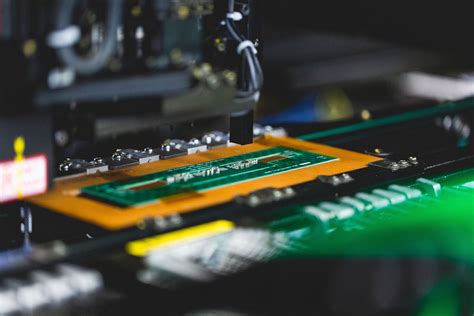
Understanding High Frequency PCBs: Definition and Applications
High frequency printed circuit boards (PCBs) are specialized components essential in various applications, particularly in telecommunications and aerospace. These PCBs are designed to handle high-frequency signals, usually above 1 GHz, making them critical for devices such as smartphones, radar systems, and satellite communications. Due to their unique nature, pcb manufacturing for high frequency applications requires a deep understanding of materials and technologies that can manage signal integrity while minimizing loss.
When you delve into the complexities of high frequency pcb manufacturing, you’ll find that precision is of utmost importance. The choice of substrate materials plays a crucial role; materials like Teflon and ceramic are commonly used because they provide excellent dielectric properties. This is fundamental for pcb manufacturing companies aiming to produce reliable boards that can operate under demanding conditions.
In your exploration of the pcb manufacturing business, it’s essential to understand how these manufacturers address challenges such as signal interference and heat dissipation. A well-designed high frequency PCB can significantly improve the performance of your electronic devices. In addition, evaluating pcb manufacturing cost is essential when selecting a supplier, as it impacts both project budgets and timelines.
"Always consider how well a manufacturer understands the specific requirements of high frequency applications; expertise often translates into better quality products."
By choosing capable manufacturers who prioritize innovation in their processes, you can ensure that your products remain competitive in your industry. Understanding these intricacies will empower you to select the best solutions for your organization’s unique challenges related to RF PCB production.
Key Challenges in High Frequency PCB Manufacturing
In the realm of pcb manufacturing, you will encounter several significant challenges when producing high frequency PCBs. One primary issue is the complexity of materials. High frequency applications require materials that can effectively manage signal integrity, thermal performance, and dielectric properties. Many pcb manufacturing companies struggle to source materials that meet these stringent requirements while also maintaining cost-efficiency. Additionally, the pcb manufacturing cost can escalate quickly due to the high precision necessary in the production process, particularly when working with advanced substrates like ceramics or PTFE. Furthermore, maintaining consistent quality across batches is critical, as even minor variations can have profound impacts on performance in RF applications. This places additional pressure on pcb manufacturing businesses to implement rigorous quality assurance processes. Another challenge involves the advanced technologies required for production; you may need to invest in specialized equipment and skilled workforce training to handle complex designs and multilayer configurations. All these factors contribute to a landscape where high frequency PCB production demands not only innovation but also strategic planning and investment from manufacturers aiming to stay competitive in this rapidly evolving sector.
Profile of Leading High Frequency PCB Manufacturers
When you consider high frequency PCB manufacturers, it becomes evident that these companies are pivotal in shaping the landscape of pcb manufacturing. These manufacturers are not only defined by their ability to produce high frequency PCBs, but also by their approach to addressing the unique challenges associated with RF PCB production. They harness innovative techniques, advanced materials, and state-of-the-art technology to create products that cater to a variety of sectors, including telecommunications, aerospace, and medical devices. You will find that the choice of materials is key in this field, as it directly influences the performance and reliability of the completed circuits. Moreover, each manufacturer’s capabilities can significantly affect the pcb manufacturing cost, which is crucial for businesses looking to optimize their production expenses. As a consumer or industry stakeholder, understanding which pcb manufacturing companies excel at these technologies will guide your decisions and potentially enhance your own projects. By aligning yourself with leading firms in this domain, you can ensure that your electronic solutions meet both high-performance standards and cost-effectiveness—important factors in an increasingly competitive pcb manufacturing business landscape.

Innovations in Materials for RF PCB Production
In the realm of high frequency PCB manufacturing, advancements in materials play a pivotal role in enhancing performance, reliability, and efficiency. Modern PCB manufacturing companies are focused on developing materials that can withstand the specific challenges posed by RF applications. This includes improvements in dielectric materials, which are crucial for minimizing signal loss and ensuring high-speed data transmission. By utilizing advanced composites and low-loss materials, these manufacturers are stepping up to meet the demands of a variety of sectors including telecommunications, automotive, and aerospace.
As you engage with PCB manufacturing business practices, it’s essential to understand that material innovations not only reduce the PCB manufacturing cost but also improve the long-term durability and functionality of the products. For instance, newer laminates with enhanced thermal stability allow for better performance under extreme conditions. Moreover, many companies are exploring environmentally friendly alternatives that minimize their ecological footprint while maintaining high performance standards. With such innovations in material science, you can see how the landscape of RF PCB production continues to evolve, keeping pace with industry needs and technological advancements.
The Role of Technology in Advancing High Frequency PCBs
The landscape of high frequency PCB manufacturing has been significantly transformed through technological advancements. As you navigate the complexities of PCB manufacturing, you will find that innovations such as advanced simulation software and automated fabrication processes are crucial. These technologies enable engineers to better understand the performance metrics of high frequency PCBs, optimizing parameters like signal integrity and thermal management. Moreover, modern PCB manufacturing companies are increasingly leveraging tools such as machine learning and artificial intelligence to predict potential failures and enhance design accuracy. This integration of technology not only reduces the PCB manufacturing cost but also elevates the quality and longevity of the products being produced. As your business looks towards the future, harnessing these technological breakthroughs in your PCB manufacturing business can lead to enhanced efficiency, reduced time-to-market, and ultimately a stronger competitive edge within various industries relying on RF technology. In this dynamic environment, staying informed about emerging technologies will be vital in driving innovation and maintaining relevance in your offerings.
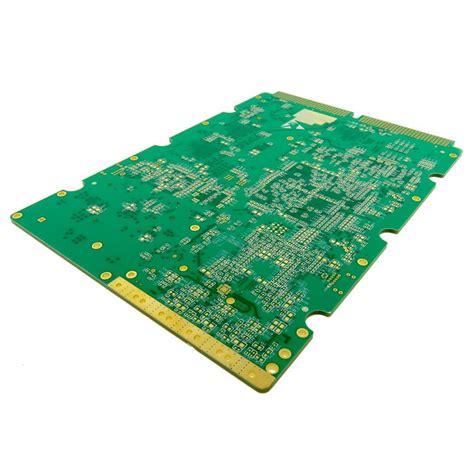
Customization Capabilities of Top High Frequency PCB Manufacturers
In today’s competitive landscape, the ability to tailor products to specific requirements is a critical factor for success in the pcb manufacturing sector. Leading pcb manufacturing companies are stepping up their customization capabilities to meet diverse industry needs, particularly in high frequency applications. Customization can involve altering design specifications, integrating unique materials, or adapting to various sizes and shapes of high frequency PCBs. This flexibility not only enhances performance but also addresses the complexities associated with pcb manufacturing cost and turnaround times. By investing in advanced technologies and skilled personnel, these manufacturers can deliver bespoke solutions that fulfill the unique demands of their clients, ultimately contributing to the growth of the pcb manufacturing business. Furthermore, as industries continue to evolve, these manufacturers are leveraging customer feedback and market trends to refine their customization processes, ensuring that they remain at the forefront of innovation within high frequency PCB production.
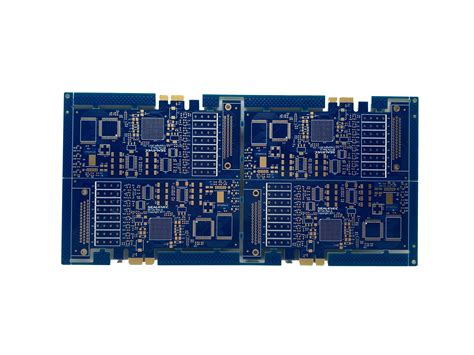
Future Trends in High Frequency PCB Manufacturing
As you navigate the dynamic landscape of high frequency PCB manufacturing, it’s essential to keep an eye on emerging trends that are reshaping the industry. One significant direction is the push towards enhanced material science, where pcb manufacturing companies are increasingly experimenting with new substrates that offer superior electrical performance, reduced loss, and better thermal management. This innovation not only improves product reliability but also helps in addressing the significant concerns related to pcb manufacturing cost, particularly for high-frequency applications that require strict tolerances and specialized materials.
Additionally, advancements in technology have paved the way for more sophisticated pcb manufacturing business models that integrate automation and artificial intelligence into the production process. These developments facilitate faster turnarounds and minimize human error, ultimately leading to a more streamlined approach that can meet the complexities associated with RF PCB production. Customization is another critical trend; as industries demand more tailored solutions, leading manufacturers are developing flexible processes to accommodate specific project requirements without compromising on quality. By understanding these trends, you can better position your projects to take advantage of cutting-edge innovations in high frequency PCB manufacturing.
Case Studies: Successful RF PCB Applications Across Industries
As industries continue to evolve, the demand for high frequency PCBs has surged, leading to remarkable applications across diverse sectors. For instance, in the telecommunications realm, PCB manufacturing companies have enhanced data transmission speeds while minimizing signal loss. One standout example is a recent project where a leading PCB manufacturing business developed a specialized RF PCB that enabled seamless connectivity in 5G networks. This innovation not only showcased advancements in material composition but also represented a significant reduction in PCB manufacturing costs through optimized production processes. Similarly, in aerospace applications, manufacturers have leveraged advanced high frequency technologies to create PCBs that withstand extreme temperatures and pressures, ensuring reliability during critical flights. Such case studies illustrate how you can harness the prowess of industry leaders to enhance performance and reliability in your own applications, reflecting the ongoing synergy between technology and PCB manufacturing practices aimed at addressing complex challenges across sectors.
Conclusion
As you reflect on the advancements in high frequency PCB manufacturing, it’s essential to recognize the significant contributions of PCB manufacturing companies that have emerged as leaders in this field. These organizations are not just focused on the pcb manufacturing cost, but are also committed to pushing the boundaries of technology and innovation. The race to develop superior RF PCB production capabilities has led to unique solutions that address complex demands across various industries. Whether you’re involved in telecommunications, automotive, or medical devices, understanding these trends will prepare you for future engagements with manufacturers. By leveraging their expertise, you can ensure that your projects benefit from state-of-the-art technology combined with effective pcb manufacturing practices, paving the way for enhanced performance and reliability in your electronic applications.
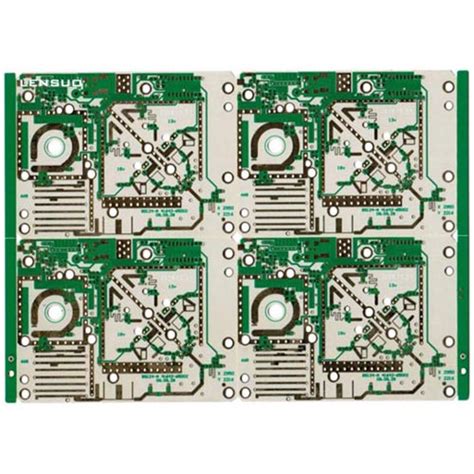
FAQs
What are high frequency PCBs and where are they used?
High frequency PCBs are specialized printed circuit boards designed to operate at radio frequencies, typically ranging from 1 GHz to several tens of GHz. They are crucial in applications such as telecommunications, radar systems, and satellite communications where signal integrity is paramount.
What challenges do pcb manufacturing companies face in high frequency PCB production?
Challenges include managing signal loss, maintaining tight tolerances, and selecting appropriate materials to minimize dielectric loss. The pcb manufacturing cost can also be influenced by the need for advanced technologies and processes to meet these demands.
How does innovation play a role in high frequency PCB manufacturing?
Innovation in materials like low-loss dielectrics and advancements in fabrication techniques enhance the performance of high frequency PCBs. This is vital for ensuring that pcb manufacturing business remains competitive and can meet the evolving requirements of various industries.
What customization options are available from leading PCB manufacturers?
Leading pcb manufacturing companies offer customization in terms of size, layer count, substrate materials, and copper thickness. This flexibility allows clients to optimize their designs for specific applications, enhancing functionality.
What future trends should I watch for in high frequency PCB manufacturing?
Future trends may include increased use of advanced materials, more automation in pcb manufacturing, and a broader adoption of embedded components to reduce size and improve performance. Staying ahead of these trends is essential for companies looking to maintain a competitive edge.

